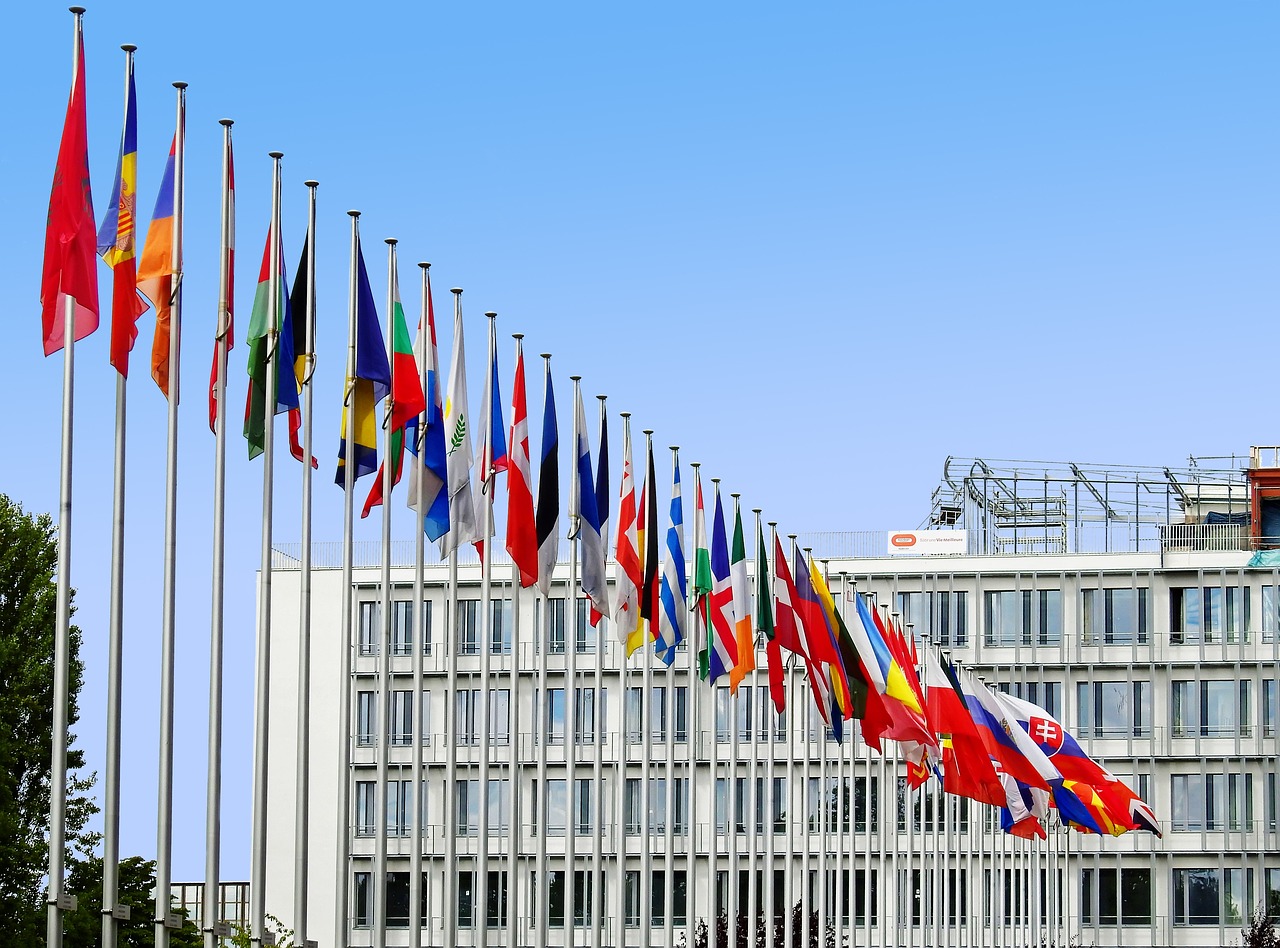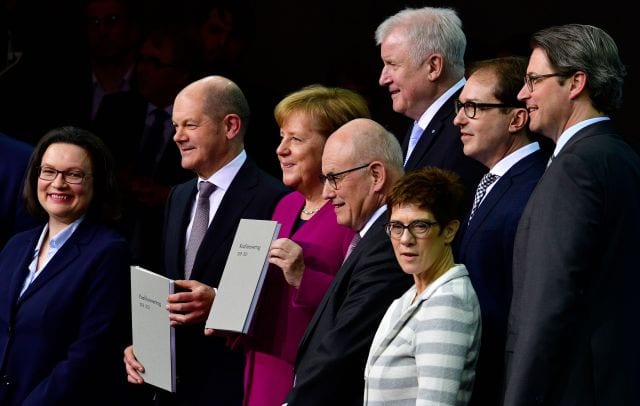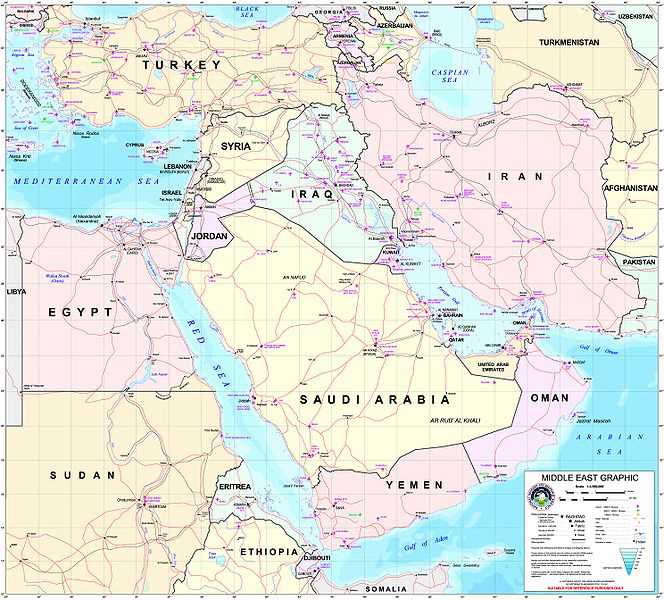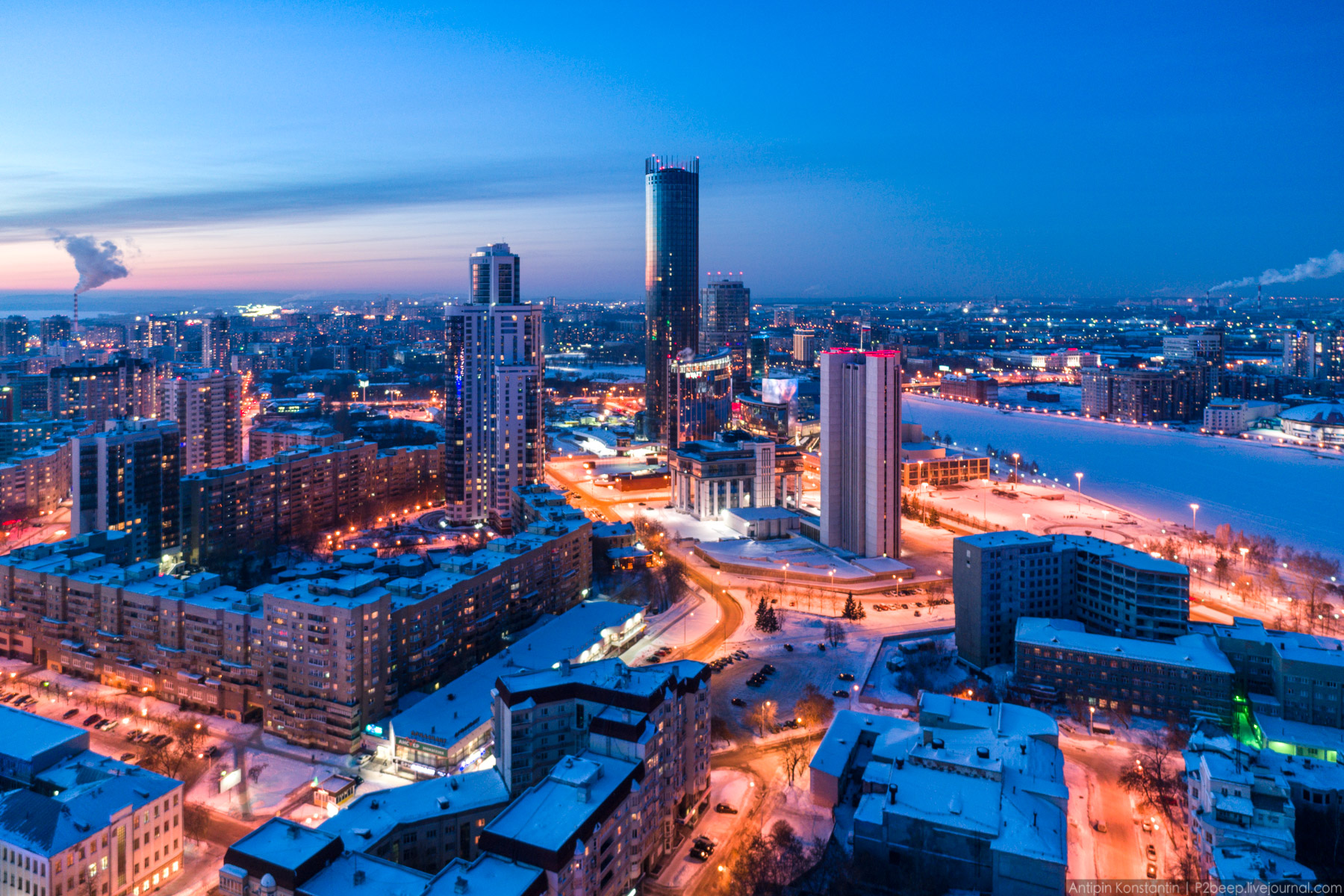Europe view no 90
Europe.view
Who’s captive now?
Jul 17th 2008
From Economist.com
A question about Russia
Each year since 1959, in the third full week of July, America has
marked Captive Nations Week. The original Congressional resolution is
worth reading. It highlights both what the drafter, the late Lev
Dobriansky, saw as the success of the United States in “e pluribus
unum” (making one nation out of many), and the failure of Communist
empires to do the same. The continued celebration of the week is
something of a totem for old cold warriors who believe that the
victories of 1989-91 are still sadly unconsummated.
Yet the resolution’s wording rings oddly. The list of “captive
nations” reads: “Poland, Hungary, Lithuania, Ukraine, Czechoslovakia,
Latvia, Estonia, White Ruthenia, Rumania, East Germany, Bulgaria,
mainland China, Armenia, Azerbaijan, Georgia, North Korea, Albania,
Idel-Ural, Tibet, Cossackia, Turkestan, North Viet-Nam, and others
[sic, throughout]”.
It is hard to find rhyme or reason in that, even in its original
context. Cossacks are Russian patriots; their beastly treatment under
Soviet rule does not equate to a desire for national independence.
Others whose history gives them every cause for complaint, such as the
Circassians, don’t appear at all. Is the aim of the resolution ethnic
self-determination, or the destruction of communist rule? As it
stands, the two are conflated.
Moreover, the phrase “Communist Russia” is wince-making. Many Russians
find it unfair or outright racist to link Soviet rule, under which
more Russians perished than any other nationality, with Russia itself.
From a Russian point of view, it can be argued that the motherland was
the greatest captive nation of all, its destiny hijacked by murderous
ideologues (many of them, incidentally, not Russians).
A seminar this week in Moscow may mark the start of another push to
have the resolution revised. One of the initiators, the
Russian-American academic Edward Lozansky, believes that a differently
phrased resolution could be the start of a real rapprochement between
modern Russia and the countries of central and eastern Europe.
But there are two snags. One is that Soviet rule, particularly in its
latter decades, did indeed mix Russian chauvinism with proletarian
internationalism. The forcible Russification policies in the Caucasus,
the Baltic states and elsewhere have left lasting bitterness.
Secondly, the Russian Federation is a work in progress. Around a fifth
of the population are not ethnic Russians. Some are deeply integrated
and count themselves as patriotic citizens of a common state. But
others aren’t. The spectrum of discontent ranges from separatists
pursuing their cause by violent means (so far, thankfully, confined to
the Caucasus) to moderate demands for greater cultural autonomy.
Bad government stokes such grievances, just as the rule of law and
political freedom defuse them. America conquered the Sioux and the
Cherokee, and treated its aboriginal population abominably for
decades. But the political and legal systems at both state and federal
levels, albeit imperfect, now work well enough to make separatism both
fanciful and unnecessary.
The pervasive feeling of injustice and voicelessness in the Soviet
system stoked captives’ desire to be free, and fatally corroded a
system already vulnerable because of its economic failure. But if
Soviet legitimacy was based on phoney ideology, what of the new
Russian state’s identity? Is it a Swiss-style federation of equally
sovereign peoples? Or is it an ethnically Russian state in which
non-Russians are outsiders, guests or immigrants? The first would
require an unprecedented degree of tolerance from ethnic Russians. The
latter would relegate the 20% of the population to permanent
second-class status.
Ever since 1991, the answer, usually unspoken, has been “don’t know”.
Next week’s Europe.view will suggest some answers�”and, if anyone is
puzzled, have more on the mysterious country of “Idel-Ural”.
Europe View no 91
For your freedom and ours
Jul 24th 2008
From Economist.com
Captive nations inside Russia
Is Cornwall a “captive nation”? As last week’s Europe.view noted,
influential Russians are pushing for America to rewrite the resolution
that marks its Captive Nations Week (the third week in July), to make
it clear that communism, not Russia, is the target. An even trickier
question is not what other former Soviet-ruled countries make of this,
but of Russia’s own internal composition�”which includes places that
some might also count as “captive”.
Countries’ borders grow and shrink, partly by consent, but also by
conquest. Nations�”defined, loosely, as people sharing a common
language or culture�”may find themselves no longer masters in their own
house. Some may despair. Others start plotting.
Practicality is not the main determinant. In Cornwall, which lost its
independence around 875AD, a doughty band of campaigners has revived
the language and hopes to win back more rights. But compared to
Scotland, where the separatist tide is running strongly, theirs looks
like a lost cause. So does secession in Vermont, say, or Hawaii. In
Russia, at least for now, those reviving, say, the Siberian language,
or commemorating the short-lived and abortive independence of the
Siberian republic in 1918, look a lot closer to Cornish nationalism
than Scottish. But for how long?
Since 1991 the state calling itself the Russian Federation has been a
miniature, de-communised version of the Soviet Union, paying
lip-service to multi-ethnicity, but withholding actual cultural or
political freedom from non-Russians: when Tatarstan wanted to write
the national language in the orthographically better-suited Latin
alphabet, the Kremlin insisted that Cyrillic was the only script to be
used officially in the Russian Federation, regardless of practicality.
Since 1989, Russia’s Muslim population has increased by 40% to about
25m. By 2015, Muslims will by some estimates make up a majority of the
army, and by 2020 a fifth of the population�”by far the majority in
some regions.
How many of those Muslims will look to the tolerant “Euroislam”
pioneered in the Tatar capital, Kazan, in the early years of the last
century, or to indigenous Sufi forms, and how many may look abroad for
more radical forms of Islam?
Added to ethnic and religious discontent is a growing regional
consciousness. The colossal bribe-collecting opportunities created by
Putinism have heightened the divide between big cities (particularly
Moscow) and the rest of the country.
Heightened resentment does not mean that Russia is going to fall apart
as the Soviet Union did. For now, no part of the Russian Federation
looks remotely like being a viable independent state. Even the most
ardent supporter of Captive Nations Week would not argue that the
“Idel-Ural” that it cites (present-day Tatarstan, Bashkiria and their
Finno-Ugric neighbours, briefly independent after 1917) has any chance
of a Baltic-style breakaway.
But if anything can upset the post-1991 apple cart it will be
ethnic-Russian chauvinism and heavy-handedness. As Paul Goble
chronicles in his “Window on Eurasia” bulletins (a must-read for
anyone interested in the politics of post-Soviet ethnicity), the Sochi
Olympics have fuelled the revival of national consciousness among the
Circassians. For this far-flung ethnic group, scattered throughout
Asia Minor and the Levant by near-genocidal Czarist brutality, seeing
the Olympics being planned at the site of their greatest historical
tragedy is hugely offensive: some compare it to how Jews would react
to a big international sporting festival being held at Ravensbrück or
Dachau.
Russian ethno-nationalism, coupled with bad government, may
disillusion Russians of all stripes with the lingering imperial
features of Russian statehood. If talk of “captive nations” jars
Russian sensibilities, the best answer is the great slogan of
freedom-lovers in the Czarist empire: “for your freedom and ours”.
Captive Nations Resolution (original)
The original Captive Nations resolution of the U.S. Congress
PUBLIC LAW 86-90
Whereas the greatness of the United States is in large part
attributable to its having been able, through the democratic process,
to achieve a harmonious national unit of its people, even though they
stem from the most diverse of racial, religious, and ethnic
backgrounds; and
Whereas this harmonious unification of the diverse elements of our
free society has led the people of the United States to possess a warm
understanding and sympathy for the aspirations of peoples everywhere
and to recognize the natural interdependency of the peoples and
nations of the world; and
Whereas the enslavement of a substantial part of the world’s
population by Communist imperialism makes a mockery of the idea of
peaceful coexistence between nations and constitutes a detriment to
the natural bonds of understanding between the people of the United
States and other peoples; and
Whereas since 1918 the imperialistic and aggressive policies of
Russian communism have resulted in the creation of a vast empire which
poses a die threat to the security of the United States and of all the
free people of the world; and
Whereas the imperialistic policies of Communist Russia have led,
through direct and indirect aggression, to the subjugation of the
national independence of Poland, Hungary, Lithuania, Ukraine,
Czechoslovakia, Latvia, Estonia, White Ruthenia, Rumania, East
Germany, Bulgaria, mainland China, Armenia, Azerbaijan, Georgia, North
Korea, Albania, Idel-Ural, Tibet, Cossackia, Turkestan, North
Viet-Nam, and others; and
Whereas these submerged nations look to the United States, as the
citadel of human freedom, for leadership in bringing about their
liberation and independence and in restoring to them the enjoyment of
their Christian, Jewish, Moslem, Buddhist, or other religious
freedoms, and of their individual liberties; and
Whereas it is vital to the national security of the United States that
the desire for liberty and independence on the part of the peoples of
these conquered nations should be steadfastly kept alive; and
Whereas the desire for liberty and independence by the overwhelming
majority of the people of these submerged nations constitutes a
powerful deterrent to war and one of the best hopes for a just and
lasting peace; and
Whereas it is fitting that we clearly manifest to such peoples through
an appropriate and official means the historic fact that the people of
the United States share with them their aspirations for the recovery
of their freedom and independence:
Now, therefore, be it
Resolved by the Senate and House of Representatives of the United
States of America in Congress assembled, That:
The President of the United States is authorized and requested to
issue a proclamation designating the third week in July 1959 as
“Captive Nations Week” and inviting the people of the United States to
observe such week with appropriate ceremonies and activities. The
President is further authorized and requested to issue a similar
proclamation each year until such time as freedom and independence
shall have been achieved for all the captive nations of the world.





